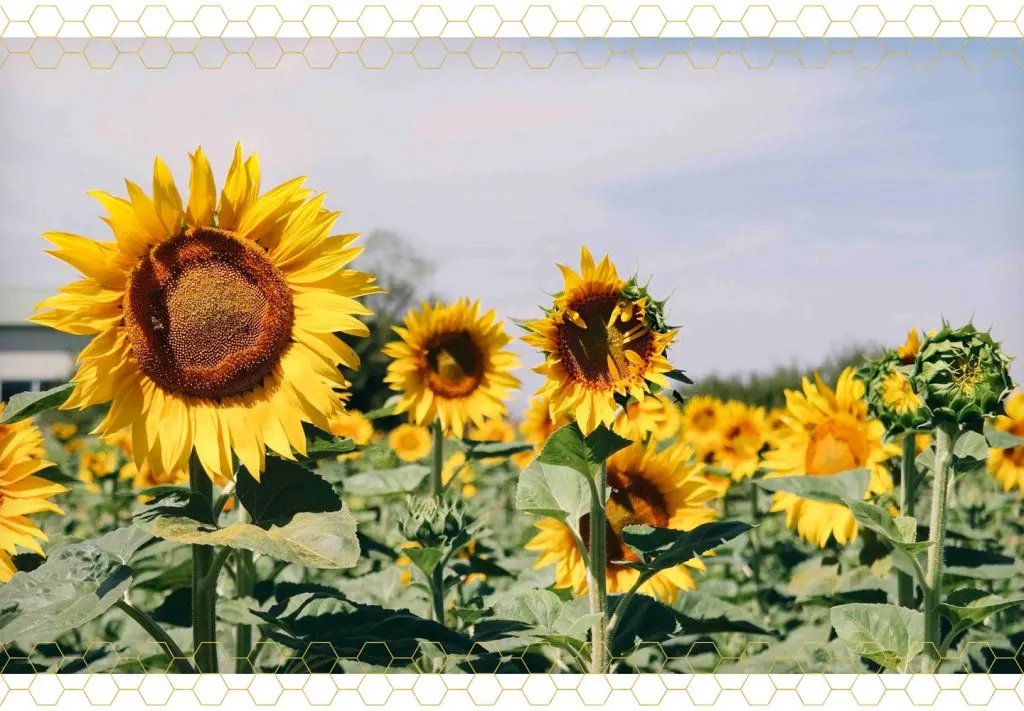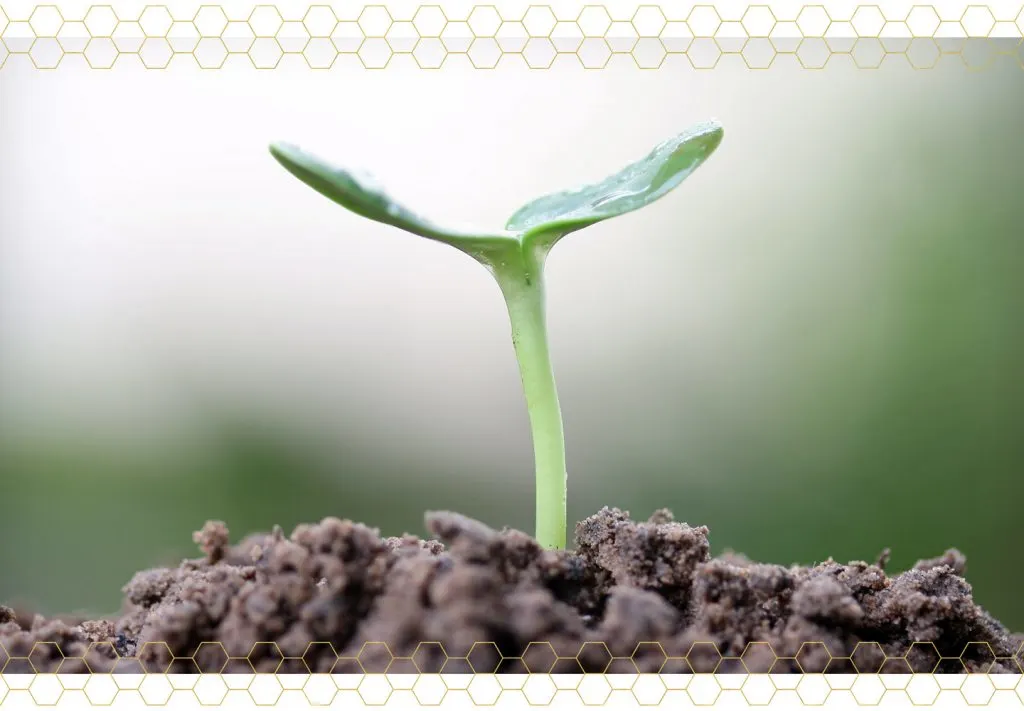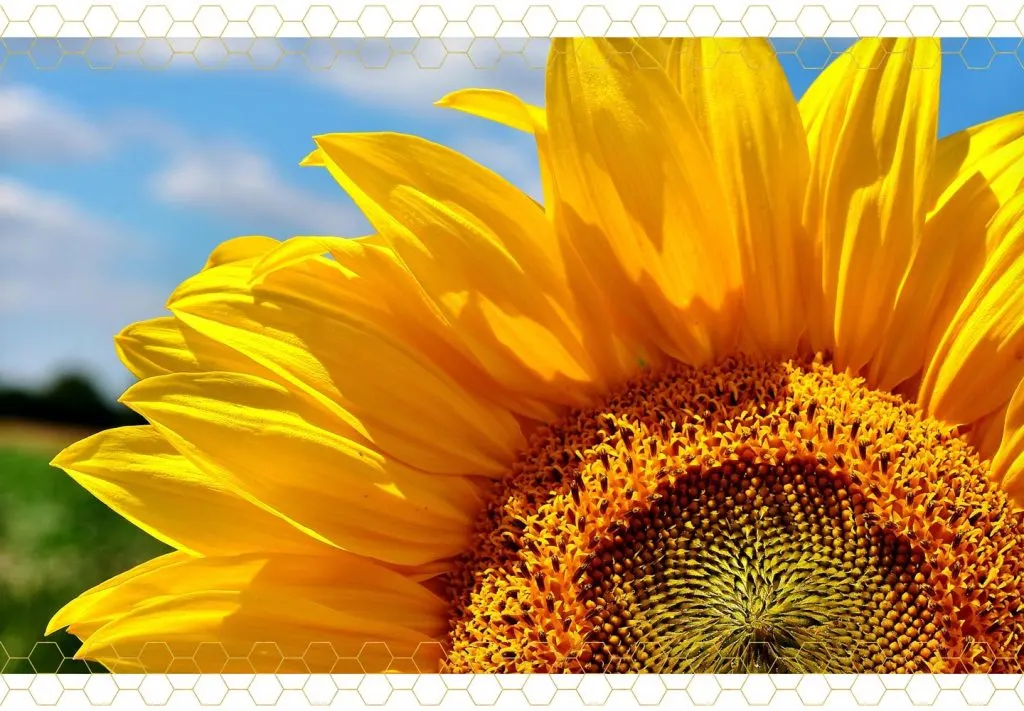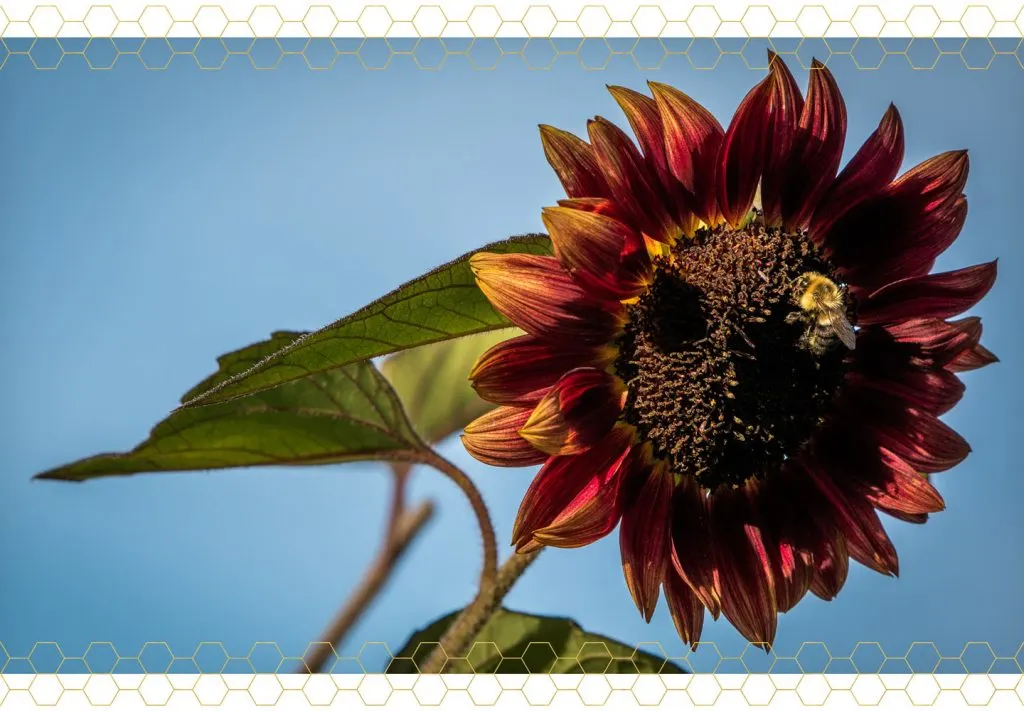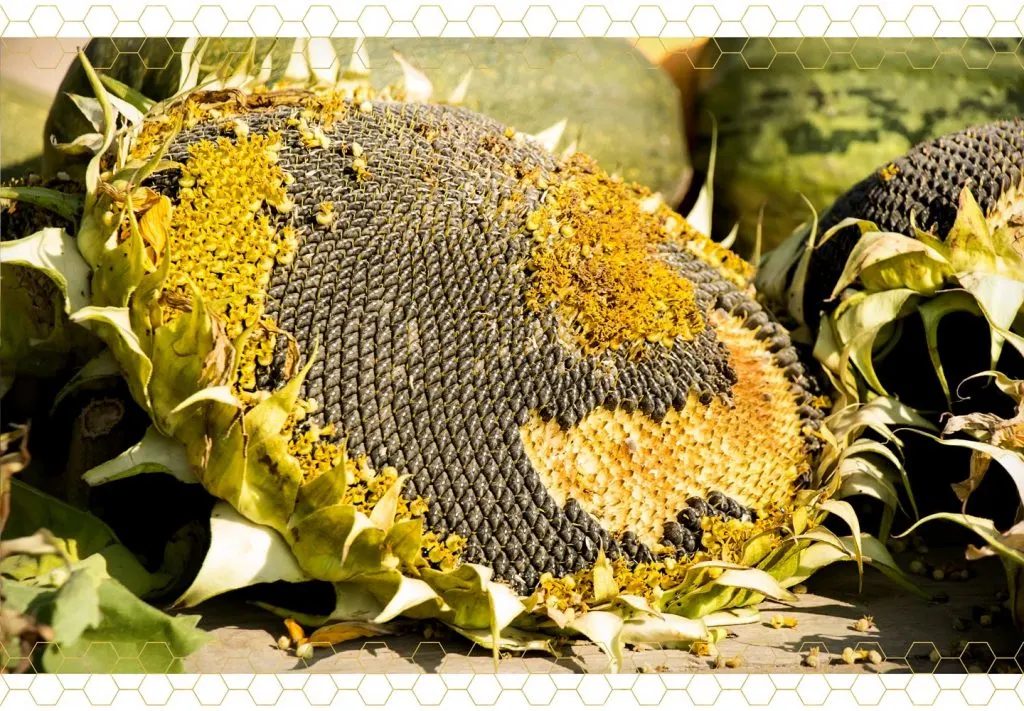November 21, 2018
The Ultimate Sunflower Care Guide
Sunflowers are one of the most well-loved flowers of late summer and early fall. Their large blooms and bright colors distinguish them from other flowers of the season. They are additionally recognized by their tall stature, growing from 1 foot to 16 feet tall.
Also known by their scientific name, helianthus annuus, the sunflower is a member of the Asteraceae family. The helianthus genus encompasses almost 70 different species that include many beautiful types of sunflowers.
Whether you are growing this unique flower to brighten up your garden or hoping to use them as cut flowers in a stunning sunflower bouquet, we have sunflower care tips that will keep your flowers growing healthy and strong.
Planting Sunflower Seeds
When planting sunflower seeds, be sure to choose a variety that matches your needs. If you are planning to harvest sunflower seeds, you’ll want a variety that produces more seeds. If you’re planning to plant the flowers in a compact backyard container garden, you’ll want a smaller variety that grows to a manageable height. If you are looking to grow the sunflowers to cut for a sunflower wedding bouquet or summer arrangement, you’ll want to look for the varieties that have been bred for their beauty.
How much sunlight is needed?
Sunflowers thrive in warm climates and are heat and drought tolerant. They grow best in direct sunlight, thriving with six hours to eight hours of sunlight per day. The warmer the temperature, the more likely they are to bloom. Be sure to plant your seeds in a location that gets plenty of natural sunlight.
What soil should you use?
Sunflowers grow best in soil that has good drainage and is resistant to any waterlogging. The soil should also be loose so the roots have room to grow outward and deep. If the taproots can’t grow properly, this tall flower will have a poor foundation and a hard time resisting any strong winds. If you live in an especially windy location, consider planting your sunflowers along a south-facing wall or fence to protect them.
When to plant sunflower seeds?
If you are planting your sunflower seeds outside, they should be planted two weeks before the last expected frost (around late April or early May). They can handle some cold, but if you plant them too early they will freeze and not grow.
If you are beginning the sunflower plant indoors, you can plant them five to seven weeks before the last expected frost. This is a good option if you want your flowers to bloom earlier in the summer. A week before you repot them outside, take the container outside to assimilate the flower to the colder weather. When transitioning the plants, be careful not to harm the roots.
How to plant sunflowers
When planting your sunflower seeds, create a hole that’s 1 inch to 2 inches deep. How you plant your seeds will depend on how large the flower is. If you have smaller, bouquet-sized blooms, plant the seeds 6 inches apart from each other. If you are planting a larger variety, plant them about a foot apart. You can plant multiple seeds in one spot to be sure they will grow and thin the blooms later on if needed. Be sure to water the freshly planted seeds thoroughly but be wary of waterlogging. If planted successfully, you should see sprouting about seven to 10 days after planting.
For a more diverse garden, try planting a few varieties. Create rows with the smallest variety in the front and tallest in the back. You can also attempt to stagger out your seed planting so that you plant some every few weeks. This will create continuous sunflowers blooms that you’ll be able to enjoy all season long.
Sunflower Care Tips
After your seeds are planted, the first weeks before the plant is established are crucial. Maintaining consistent care and attention will allow your sunflower to grow to its full potential.
Watering
Although sunflowers are drought and heat tolerant, they still require frequent watering. As the plant begins to grow, it will need to be watered around the root zone, which is 3–4 inches away from the stem. Sunflower seedlings should be watered daily so the soil is moist but not soaked. As the sunflowers become established, they can be watered once a week. This watering is infrequent but it should be a deep watering that uses several gallons of water.
Fertilizing
Sunflowers don’t need fertilizer unless your soil is poor in nutrients. If this is the case, add a slow-release fertilizer or compost on top of the soil. Avoid adding any too close to the plant’s base. Adding fertilizer to already healthy soil can produce too much nitrogen and cause the stems to break or a delay in blooming.
Pests and diseases
When growing sunflowers, look out for slugs, snails, birds, squirrels and deer. Slugs and snails can be warded off with repellants. If birds and squirrels take an interest in your sunflower seeds, cover the plants with polyspun garden fleece. To fend off any deer, create a tall wire barrier or fence around the garden.
If your sunflower leaves turn yellow and shrink, your soil is probably too moist. Clay or waterlogged soil can cause this fungus and infected plants won’t produce flowers. If this happens, remove the infected leaves and reduce your watering.
Securing large plants
Some larger sunflowers or multi-branched varieties may need assistance to stand tall. If your sunflowers start to droop, tie them to a stake or sturdy support. This is necessary for plants that are in windy locations as well.
Harvesting Sunflower Seeds
One common use for sunflowers is harvesting them for their delicious seeds. These seeds are prized for their nutritional benefits, containing vitamin E, B-1 and the mineral copper. They are prepared and enjoyed in a variety of different meals.
When growing sunflowers for the purpose of harvesting, it’s important to choose the right variety. Some smaller sunflowers won’t provide as many seeds and some larger varieties produce seeds that have a thick shell and very small seeds. Both of these options are not ideal.
The best varieties for harvesting sunflower seeds include:
Mammoth Grey Stripe
Mammoth Russian
Titan
Giganteus
Hopi Black Dye
Paul Bunyan
Sunzilla
Royal
Super Snack
When to harvest sunflower seeds
You’ll know the sunflower seeds are ready to be harvested when the back side of the flower turns from a green to a yellow or yellow-brown color. The sunflower bracts (the leaves on the backside of the petals) will start to turn brown as well. This will happen between 30 and 45 days after the flower blooms, depending on the climate.
Once this happens, cut the stem about 4 inches below the flower head. Hang the flower head upside down in a dry, cool location for a few weeks, until the seeds are completely dry. Once dry, remove the seeds with your fingers or a fork.
Sunflowers are cheery flowers that you can enjoy in a variety of ways. Be sure to include sunflowers in the next bouquet you send to put a smile on your friend or family member’s face.
References:
Almanac I Wikihow I Homeguides.sfgate.com I Practical Self Reliance I Dengarden


